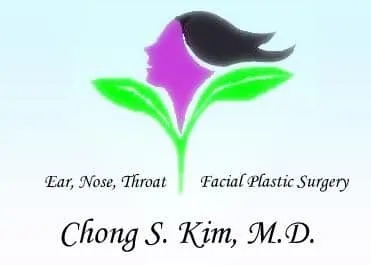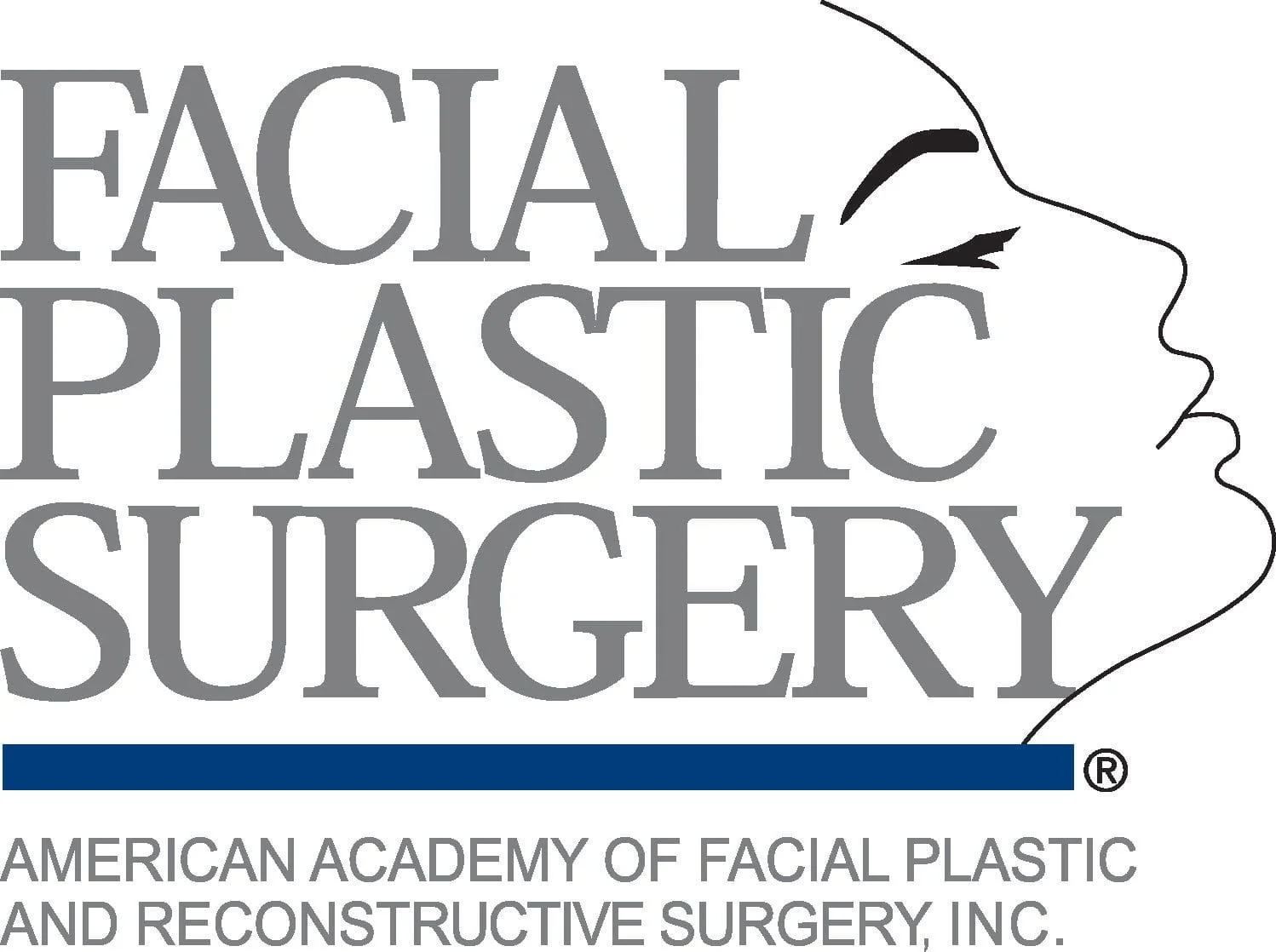The parotid glands lie in front of and below the ear. They form saliva that drains into the mouth through a duct that lies next to the upper back teeth. Benign or malignant tumors can develop in these glands and will present as a lump in front of or below the ear. Most tumors are benign and are present for several months with little or no growth before the patient is referred to a specialist for evaluation. Malignant tumors may cause facial nerve weakness, lymph node enlargement or pain at the site of the tumor.
The facial nerve exits the skull deep to the ear canal and travels through the parotid gland to the muscles of the face. Identification and protection of the facial nerve is an important part of parotid surgery. Most tumors lie in the portion of the gland above the nerve, so identification of the nerve allows mobilization and removal of the tumor safely with adequate margins around the tumor tissue and no injury to the facial nerve. This is described as a superficial parotidectomy.
When the tumor requires dissection both above and below the facial nerve, the procedure is called total parotidectomy. Rarely, branches of the facial nerve, or even the main trunk of the nerve, are surrounded or invaded by tumor and removal of all tumor tissue requires sacrifice of a portion of the nerve. This situation is very rare with benign tumors. Usually, facial nerve sacrifice is considered only for patients with who have a malignant tumor and facial weakness prior surgery.
The procedure is done under general anesthesia through an incision that courses just in front of the ear and into the neck (similar to a facelift incision). This incision heals well with minimal scarring and provides safe access to identify the facial nerve and remove all tumor tissue. Superficial parotidectomy takes 3-4 hours to complete. Total parotidectomy may take 5 hours to complete. The incision is usually closed with nylon sutures that are removed 4-6 days after surgery. A drain is also placed which exits the wound behind the ear. This is removed in the office 2-4 days after surgery.
Parotidectomy is done for tumors of the parotid gland and occasionally for recurrent infections of the gland. For benign and low grade malignant tumors (acinic cell or low-grade mucoepidermoid cancers), surgery is usually curative without any need for additional therapy. For other malignant tumors, surgery is usually followed by radiation therapy. Occasionally, benign or low-grade malignant tumors that have recurred are treated with completion parotidectomy and radiation therapy.
The risks of surgery are in part determined by the anatomy of the tumor. Great care is taken to protect the facial nerve during surgery, and most patients have normal function of this nerve following surgery. Temporary weakness of one or more branches of the nerve may occur and will usually recover in 3-4 months without the need for any additional therapy. Permanent weakness can also occur, but is very rare if the nerve is visibly intact at the conclusion of the procedure.
Potential complications
Wound infections may also occur and can usually be managed in the clinic with antibiotics and minor wound care. Bleeding in the wound is a rare event and may require a return to the operating room for safe management.
Saliva may collect in the upper neck or drain through the incision line during the post-operative phase. If this occurs let your doctor know. Salivary drainage is usually temporary without the need for additional treatment. A common long-term effect of parotidectomy is called Frey’s syndrome. It is caused by the growth of salivary nerve fibers to the sweat glands of the skin and takes about 6 months to develop. Patients may notice sweating of the operated side of the face while eating. This may be controlled with antiperspirant applied to the cheek. If this remains bothersome, other treatment may be indicated.
After Surgery
Patients are admitted to the hospital following surgery to ensure safe post-operative management. Once you are able to swallow liquids by mouth and can manage the wound drain, you may be discharged to home. Most patients are discharged within 24 hours of surgery.
Post-operative Instruction
1. Wound care: Clean the wound with hydrogen peroxide using a cotton swab twice each day. Apply antibiotic ointment (bacitracin or polysporin) to the wound. Empty the drain bulb twice each day and record the output. Once the sutures are out, you may wash the wound with soap and water and gently dry the area. Your ear and cheek will be numb for several months after surgery.
2. Diet: gradually advance to regular diet as tolerated.
3. You must stay away from NSAIDS, Aspirin, Motrin, or Advil for 5 days.
4. Follow up schedule: Pathology results are usually available 3-5 working days after surgery and you will be asked to follow up in 2-3 days for drain removal and then in 1 week for results of biopsy. Long-term follow-up is determined by the pathology. Patients with benign tumors are seen every 3-6 months for two years, then yearly. Patients with malignant tumors are followed every 2-3 months for two years, then every 6 months for 5 years.



